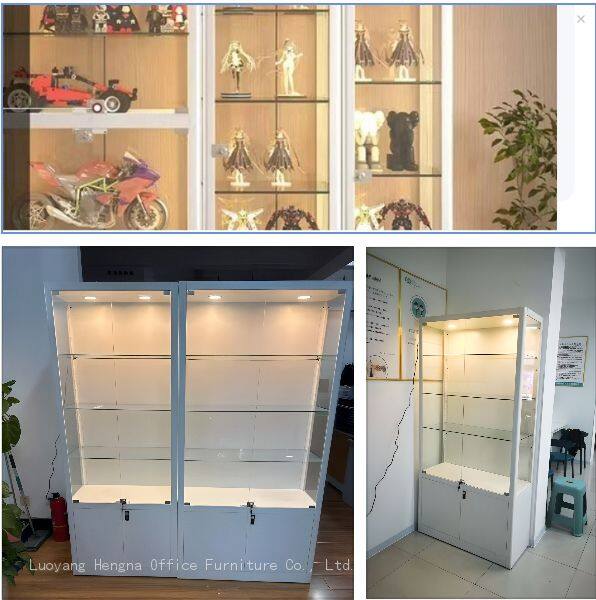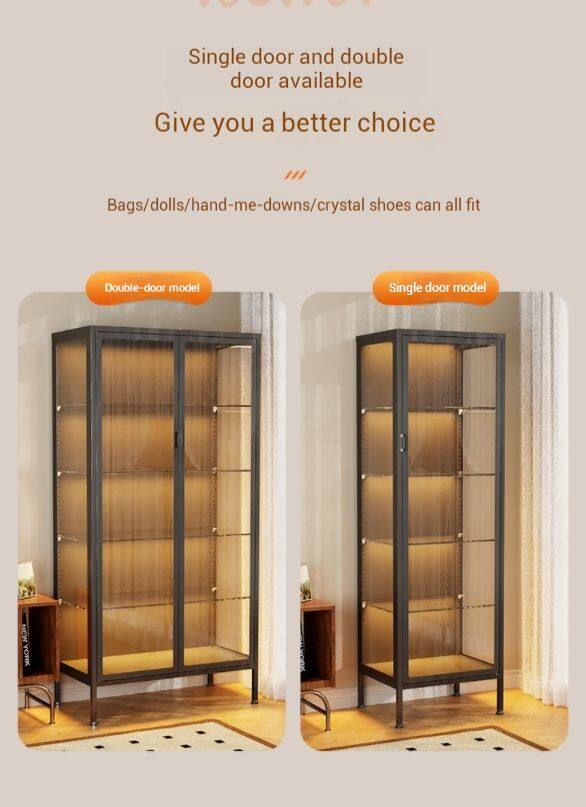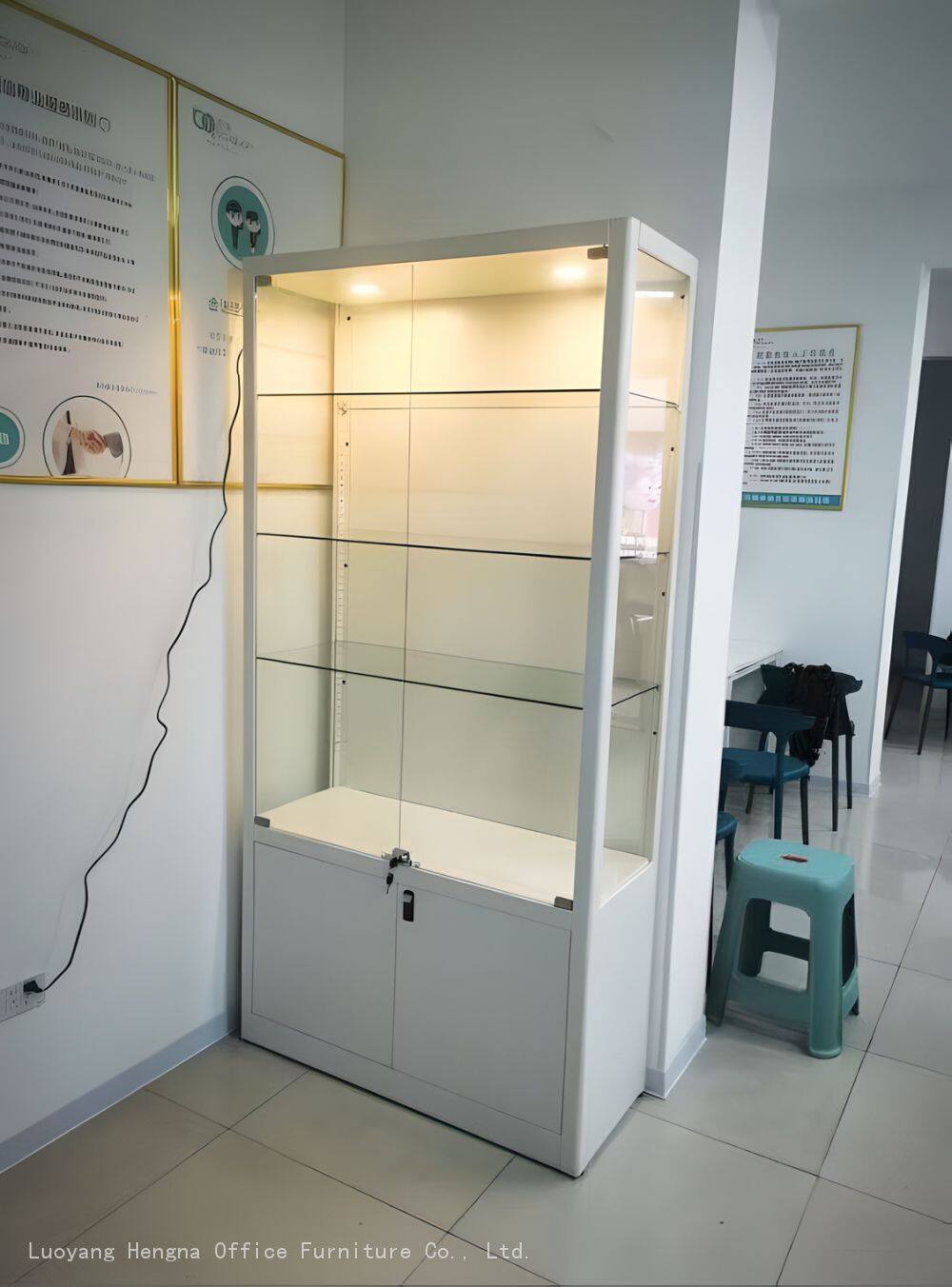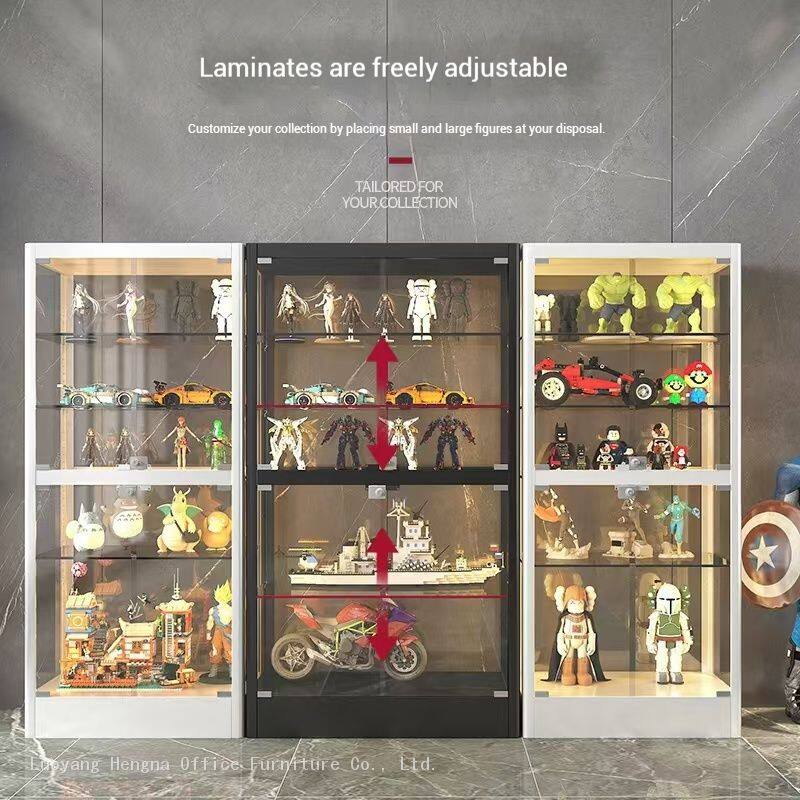Home > Blog > Museum-Quality Display Cabinets: Protecting Priceless Artifacts While Enhancing Visitor Experience
-
 Sarah
Hi there! Welcome to my shop. Let me know if you have any questions.
Sarah
Hi there! Welcome to my shop. Let me know if you have any questions.
Your message has exceeded the limit.

Museum-Quality Display Cabinets: Protecting Priceless Artifacts While Enhancing Visitor Experience
2025-10-30 15:05:05
Museums serve as guardians of cultural heritage, housing priceless artifacts that must be preserved for future generations while remaining accessible to contemporary audiences. Museum-quality display cabinets represent the critical intersection between preservation requirements and public engagement, providing secure environments that protect valuable objects while enhancing visitor experience. This comprehensive exploration examines the essential features, technologies, and considerations involved in selecting and implementing museum-grade display solutions.

Conservation Requirements and Environmental Control
The primary function of museum display cabinets is to create stable microenvironments that protect artifacts from harmful external conditions. Temperature control systems maintain consistent conditions within narrow parameters, typically between 68-72°F (20-22°C), preventing thermal stress that can damage delicate materials. Humidity control is equally critical, with relative humidity levels maintained between 45-55% to prevent deterioration of organic materials and metal corrosion.
Advanced museum display cabinets incorporate sophisticated climate control systems that continuously monitor and adjust environmental conditions. These systems include redundant safeguards to ensure protection even during power failures or system malfunctions. The integration of data logging capabilities allows conservators to track environmental conditions over time, providing valuable documentation for conservation efforts and insurance requirements.
Security Features and Access Control
Security represents a paramount concern in museum environments, where artifacts may be irreplaceable and of immense cultural value. Museum-quality display cabinets incorporate multi-layered security systems including high-security locking mechanisms, tamper-resistant construction, and integrated alarm systems. The use of laminated or security glass provides protection against forced entry while maintaining optimal visibility for visitors.
Access control systems ensure that only authorized personnel can access display cabinets for maintenance or object rotation. Biometric authentication, electronic key cards, and detailed access logging create comprehensive security protocols that prevent unauthorized access while maintaining complete records of all cabinet interactions. These security measures must balance protection requirements with the need for regular conservation access and maintenance.


Lighting Technology and Preservation
Lighting presents one of the greatest challenges in museum display, as illumination is essential for visitor experience but can cause irreversible damage to sensitive artifacts. LED lighting technology has revolutionized museum display cabinets by providing high-quality illumination with minimal heat output and UV radiation. The ability to precisely control light intensity and color temperature ensures optimal viewing conditions while minimizing potential damage.
Advanced lighting systems incorporate motion sensors and timers that reduce exposure when visitors are not present. Fiber optic lighting systems can provide illumination without introducing heat or electrical components into the display space, offering maximum protection for light-sensitive objects. The careful calibration of lighting levels for different material types ensures that each artifact receives appropriate protection based on its specific conservation requirements.
Material Selection and Chemical Stability
The materials used in museum display cabinet construction must meet stringent conservation standards to prevent potential damage to artifacts. All materials must be chemically stable and free from harmful emissions that could accelerate deterioration. The use of archival-quality materials, including acid-free woods, powder-coated metals, and conservation-grade seals, ensures long-term protection for displayed objects.
Glass selection represents another critical consideration, with options including low-iron glass for true color reproduction, anti-reflective coatings for enhanced visibility, and UV-filtering properties for additional protection. The careful selection and testing of all construction materials prevents potential chemical reactions that could damage artifacts over time, ensuring that display cabinets contribute to rather than compromise conservation efforts.
Visitor Experience and Educational Value
While protection remains paramount, museum display cabinets must also enhance visitor experience and educational value. Optimal glass clarity and minimal reflection ensure that artifacts can be viewed without distortion or visual interference. Thoughtful cabinet design considers viewing heights, angles, and distances to accommodate visitors of various ages and physical abilities.
Interactive elements can be integrated into display cabinet designs to enhance educational value without compromising conservation requirements. Touch screens, augmented reality displays, and audio guides can provide additional context and information while maintaining appropriate distance from artifacts. These technological enhancements create engaging experiences that deepen visitor understanding and appreciation of cultural heritage.
Customization and Specialized Requirements
Different types of artifacts require specialized display cabinet solutions tailored to their unique conservation needs. Textile displays may require specialized mounting systems and climate control to prevent fiber degradation. Document and book displays need particular attention to lighting levels and support mechanisms to prevent stress on bindings and pages.
Three-dimensional objects may require custom mounting solutions that provide support while minimizing contact with artifact surfaces. The development of customized display solutions requires collaboration between conservators, designers, and engineers to create solutions that meet both conservation and display requirements. This specialized approach ensures that each artifact receives appropriate protection while remaining accessible for public appreciation.
Maintenance and Long-Term Sustainability
Museum display cabinets represent significant investments that must provide reliable protection for decades. Regular maintenance protocols ensure continued optimal performance of environmental control systems, security features, and lighting components. The modular design of modern display systems facilitates maintenance and component replacement without requiring complete cabinet replacement.
Energy efficiency considerations have become increasingly important in museum operations, with display cabinets incorporating energy-efficient lighting and climate control systems to reduce operational costs and environmental impact. The selection of durable, high-quality materials ensures longevity and reduces the need for frequent replacement, contributing to sustainable museum practices.
Future Trends and Technological Integration
The evolution of museum display cabinet technology continues to advance, with new innovations enhancing both conservation capabilities and visitor experience. Smart display systems with predictive maintenance capabilities can anticipate potential issues before they impact artifact safety. Integrated environmental monitoring with cloud-based data storage enables remote monitoring and analysis of conservation conditions.
Virtual and augmented reality technologies are being integrated into display cabinet designs to provide enhanced educational experiences without physical interaction with artifacts. These technological advances create new possibilities for museum interpretation and engagement while maintaining the highest standards of artifact protection and conservation.
 Museum-quality display cabinets represent sophisticated engineering solutions that balance the competing demands of conservation and accessibility. By incorporating advanced environmental control, security systems, appropriate materials, and visitor-friendly design elements, these specialized enclosures protect priceless artifacts while enhancing public engagement with cultural heritage. The investment in professional museum display solutions ensures the preservation of our collective cultural legacy for future generations while providing meaningful educational experiences for contemporary audiences.
Museum-quality display cabinets represent sophisticated engineering solutions that balance the competing demands of conservation and accessibility. By incorporating advanced environmental control, security systems, appropriate materials, and visitor-friendly design elements, these specialized enclosures protect priceless artifacts while enhancing public engagement with cultural heritage. The investment in professional museum display solutions ensures the preservation of our collective cultural legacy for future generations while providing meaningful educational experiences for contemporary audiences.
Tags: Museum-Quality Display Cabinets, Priceless Artifacts, Protecting Priceless Artifacts

